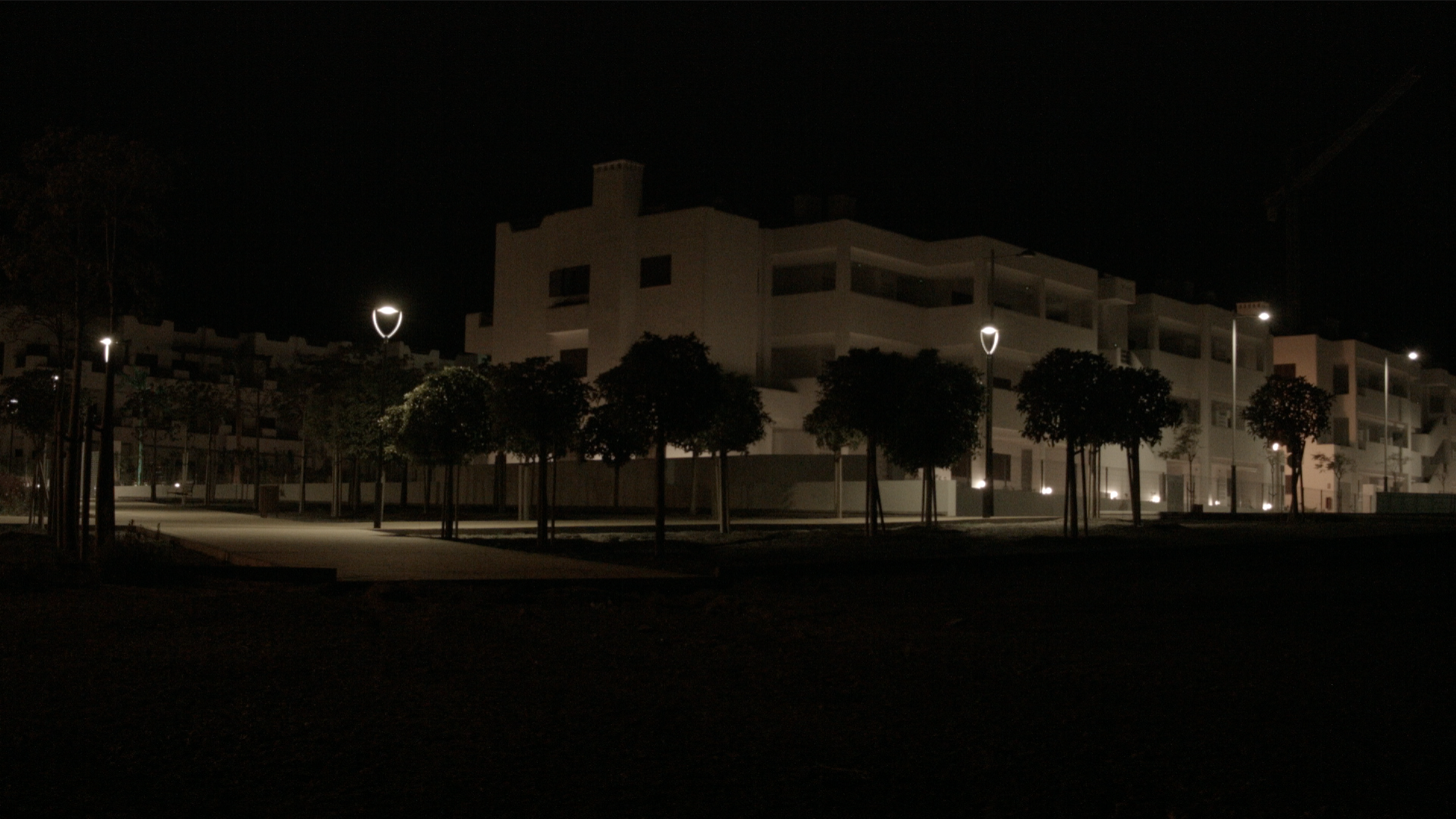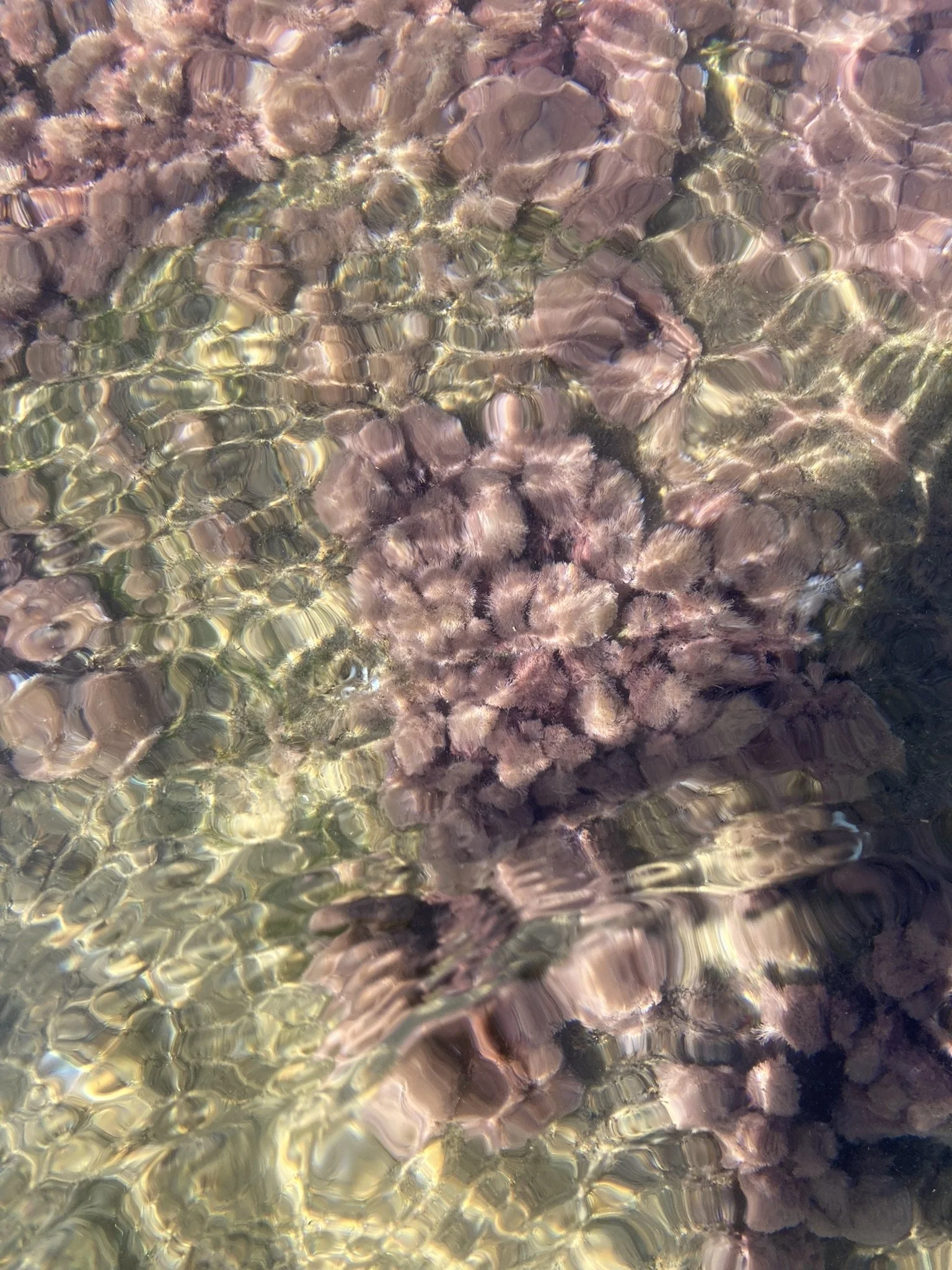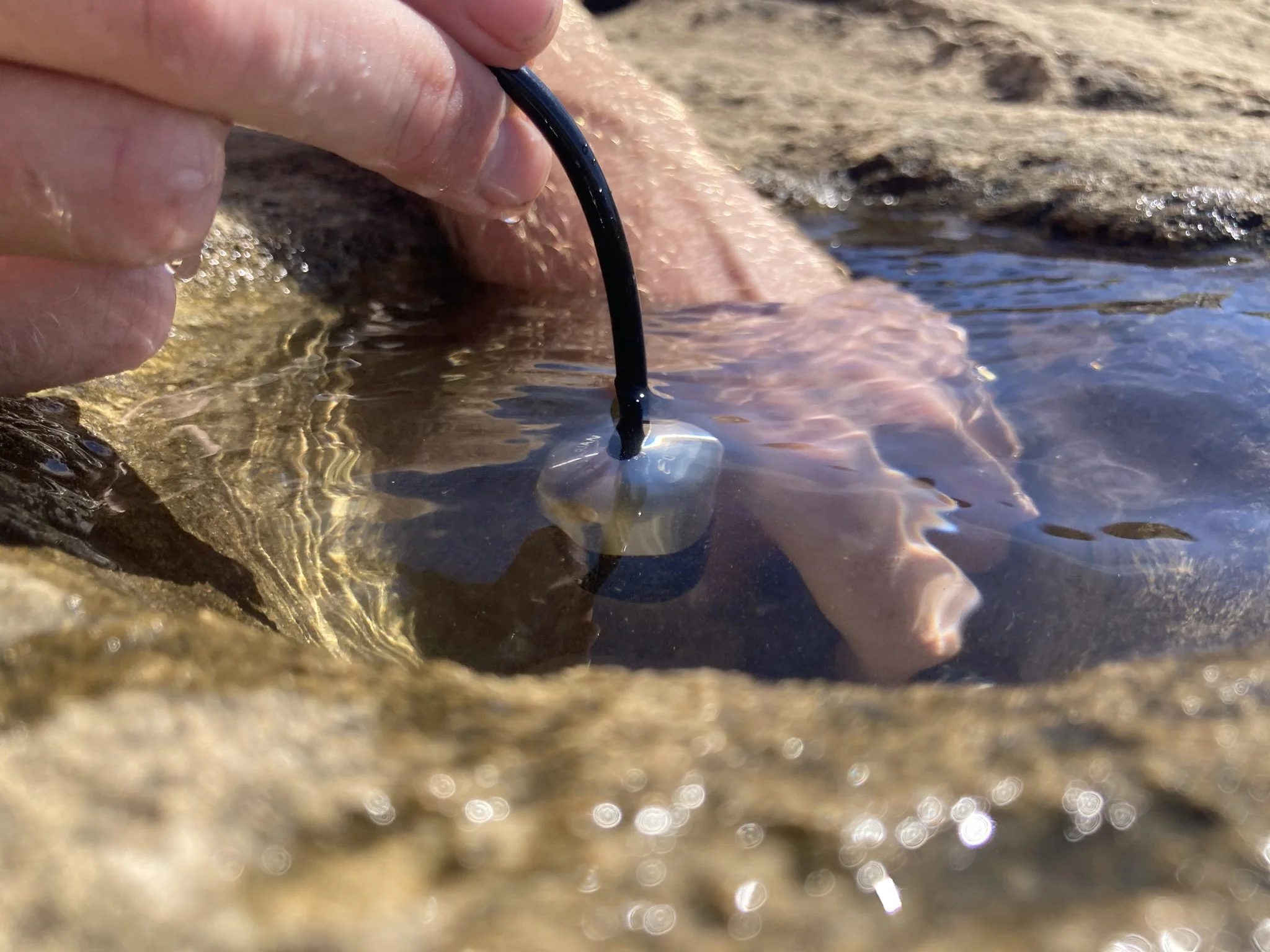
CURRENT RESEARCHCURRENT FUTURES
Current Futures is a cross-disciplinary project supported by the andalusian based, non-profit and marine conservation organization Montemero combining sculpture, sound, science, and community to address urgent ecological collapse on land and sea. At its core are two experimental sculptures — linking land and the mediterranean sea, city and rural space — that function as living infrastructures: preventing bottom trawling, protecting seagrass meadows, nurturing key species, and translating ecological data into sound and interactive experiences.
By combining embodied arts, data science, and citizen participation, the project reveals hidden narratives of desertification, migration, and ecosystem degradation, while reimagining equitable, livable futures.
My research for Current Futures explores how listening can become an act of ecological empathy. Using field recordings from the Andalusian coastline — above and below water — I compose spatial sound environments that translate the fragile balance between human activity and marine life into immersive sonic form.
Developed for the 4DSOUND system at MONOM / Funkhaus Berlin, my work transforms ecological data and underwater acoustics into living, moving soundscapes — currents of vibration, resonance, and silence that allow listeners to feel the Mediterranean as a sentient body.
Through this spatial soundwalk, I investigate the acoustic collapse and renewal of the sea, crafting a sonic ecology where every frequency becomes a pulse of coexistence.
Fountains, Sirens, and liminal spaces
In the Almería region, I find myself navigating an intricate choreography of ecological entropy, migratory flows, and the spectral remains of unchecked capital.
Here, water—scarce, manipulated, and deeply contested—emerges as the central protagonist, connecting the threads of extraction, labor exploitation, and ecological collapse. This place is no longer just a landscape; it has become a liminal stage where the seen and unseen perform their intertwined histories.
The "plastic sea" of industrial greenhouses is both suffocatingly tangible and eerily otherworldly. Among its endless rows, I encounter the hands of African workers—migrant figures caught in cycles of hyper-productivity, their lives rendered almost invisible by the glare of the sun on plastic. Nearby, the crumbling facades of abandoned hotels rise like strange monuments to stranded dreams. One of them bears the name Calypso, with a plastic effigy of the nymph standing sentinel, tempting no one, her seduction reduced to artifice.
It is here that mythology becomes not a relic but an active force. I trace the lines of the Indalo, the ancient talisman that has long symbolized balance and protection in this region. To me, it stands as both a memory of connection to the land and a witness to its systematic undoing. These mythical figures—Calypso, the Indalo, the desert spirits—collide with the human ghosts of our present: workers in transit, lands in decline, and water itself, drained yet vital, elusive yet central.
I am compelled to ask what emerges from this collapse. What new figures, narratives, or myths are birthed from the cracks of ecological and social systems in breakdown? My work here is a form of unearthing, revealing latent stories and meaning within the decay. These plastic oceans, invisible aquifers, and spectral laborers are not merely symbols but thresholds, places where old myths dissolve and new ones begin to take shape.
Through this project, I find myself entangled with the forces at play, bearing witness to a landscape caught between collapse and transformation. It is an unsettling space, one that demands a rethinking of the narratives we have inherited and the myths we continue to create.



